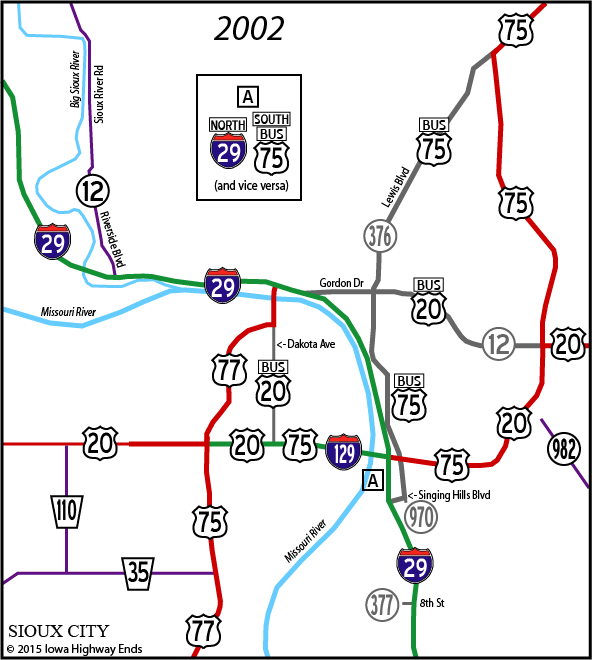

Watch for deer, especially near dusk and dawn.Report impaired drivers to a law enforcement agency. Anticipate a second skid in the opposite direction as the car straightens out. If your car loses traction and begins to slide, steer into the swerve, or in the direction you want to go.

Clean frost and snow off all windows, mirrors, and lights. You must be able to see out, and other drivers must be able to see your vehicle. intersections that may be icy from snow that melted and refroze). Make turns slowly and gradually, especially in heavily traveled areas (e.g.Read the owner's manual or check with a dealership for more information, and practice using it correctly. If your vehicle has an anti-lock braking system (ABS), it is very important that you understand how to use it. Braking is best accomplished by pumping the pedal. A light foot on the gas is less likely to make wheels spin on ice and snow. Ice and snow significantly increase your stopping distance.
 Increase the distance between your vehicle and the vehicle ahead of you. Buckle up and properly secure children in safety seats. Allow extra time for delays and slower traffic speeds. Keep survival kit that includes at least the following: Check tire treads for adequate traction, and replace windshield wiper blades if they are ineffective. Have the exhaust system checked small leaks can allow carbon monoxide to enter the passenger compartment. Check belts, hoses, and brake systems for excessive wear. Check the fluids, ensuring that the radiator is winterized, the gas tank is over half-full, and there is plenty of windshield washing fluid. Extreme temperatures can be hard on vehicles. The Patrol offers these additional suggestions for your safe winter travel.įirst, prepare your vehicle. Common sense says to monitor the weather, travel only when necessary, keep your speed down, and drive defensively. After a long spring and summer, it is easy to forget how to drive on winter's slick roads and in low visibility. Winter driving can be dangerous, especially for rusty drivers at the beginning of the season. The following information and safety tips are provided by the Kansas Highway Patrol: Nebraska: Nebraska Department of Transportation (1-80) Iowa: Iowa Department of Transportation (1-80) Kansas: Kansas Department of Transportation (1-866-511-KDOT) Missouri: Missouri Department of Transportation (1-888 ASK MODOT)
Increase the distance between your vehicle and the vehicle ahead of you. Buckle up and properly secure children in safety seats. Allow extra time for delays and slower traffic speeds. Keep survival kit that includes at least the following: Check tire treads for adequate traction, and replace windshield wiper blades if they are ineffective. Have the exhaust system checked small leaks can allow carbon monoxide to enter the passenger compartment. Check belts, hoses, and brake systems for excessive wear. Check the fluids, ensuring that the radiator is winterized, the gas tank is over half-full, and there is plenty of windshield washing fluid. Extreme temperatures can be hard on vehicles. The Patrol offers these additional suggestions for your safe winter travel.įirst, prepare your vehicle. Common sense says to monitor the weather, travel only when necessary, keep your speed down, and drive defensively. After a long spring and summer, it is easy to forget how to drive on winter's slick roads and in low visibility. Winter driving can be dangerous, especially for rusty drivers at the beginning of the season. The following information and safety tips are provided by the Kansas Highway Patrol: Nebraska: Nebraska Department of Transportation (1-80) Iowa: Iowa Department of Transportation (1-80) Kansas: Kansas Department of Transportation (1-866-511-KDOT) Missouri: Missouri Department of Transportation (1-888 ASK MODOT)







 0 kommentar(er)
0 kommentar(er)
